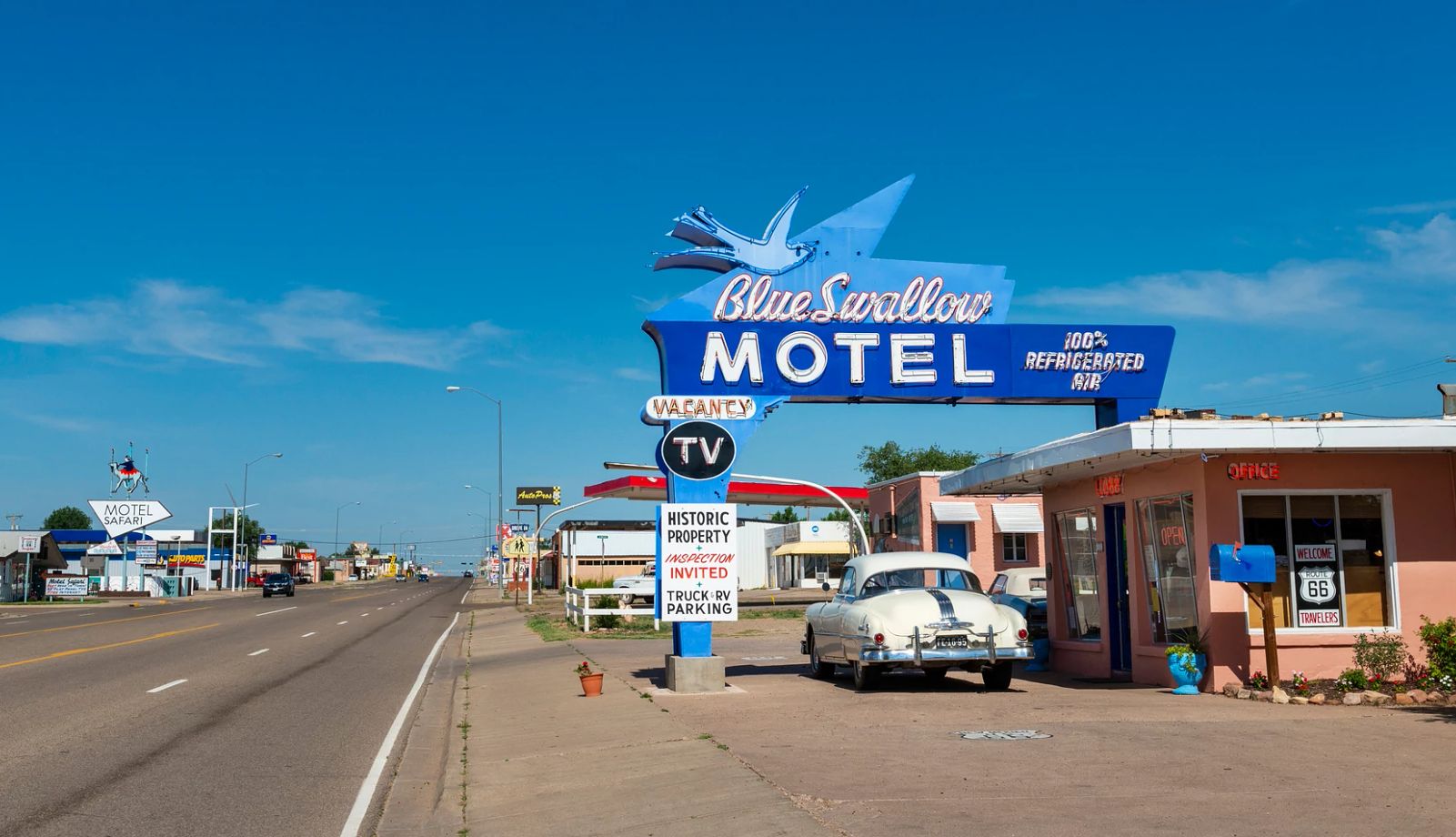AARP Eye Center
- right_container
- Health
- Money
- Work & Jobs
- Advocacy
- Social Security
- Medicare
- Caregiving
- Games
- Travel
- More...
Snake Den State Park

Snake Den State Park History :
The State of Rhode Island acquired the land, now known as Snake Den State Park in 1969. It is a combination of farm land and woodland and comprises 744 acres. The prior owners were many generations of the Dame family and, before that the Steere family, an old family throughout Johnston and surrounding towns. DEM’s headquarters for the Parks and Recreation Division is housed in a 22 room former farm house of the Palazzi family.
The name, Snake Den, derives from a canyon-like stone fissure located in the park. Like other farms in the Johnston area, the stone in the Snake Den outcrop was quarried for building material for Providence. The actual location of the quarry is on that portion of the property once owned by the Waterman family. Its stone was used in the building of the First Congregational Church in Providence, better known as the First Unitarian Church, designed by John Holden Greene, one the Benefit Street landmarks on historic College Hill. The nearby quarry of Bear Ledge provided the incredible columns for the Providence Arcade of 1828.
It is thought that several of the farms including the Steere and Waterman farms were once owned by Moses Brown of Providence. Moses, the youngest of the famous four Brown brothers had removed himself from the family shipping business because the ties to the slave trade offended his Quaker sensibilities. While he is most famous for his financial backing of Samuel Slater’s path-breaking development of the American cotton textile industry at Pawtucket Falls in 1791, it was Moses Brown’s farms in Johnston and surrounding towns which provided the rental income to support Slater. On at least one occasion, Brown complained to Slater that his demand for more and more investment money was ‘spinning all my farms into cloth!’
The Snake Den State Park was formally headquartered at 2321 Hartford Avenue, Johnston (route 6 to Greenville Avenue), but the Dame Farm portion of the park anchors the Brown Avenue historic district. Many former farms in the postwar era from 1945 until 1960, whose proximity to Providence were converted to suburban tract housing as Providence lost more population to the surrounding towns from 1950 to 1970 on a percentage basis than any other urban area in the country. Providence lost 90,000 residents out of a population of 250,000. Therefore rescuing open space and preserving part of Rhode Island’s farm history in 1969 was a major accomplishment.
Except for the continuous improvements to the Dame Farm aspect of the park, the remaining acreage and woodland has been left much as it was when the park was established. An effort in 2005 to turn a portion of the land into a water park for the Providence metropolitan region was rejected by the Town of Johnston on the basis that such an attraction would create traffic congestion for the town. The current park’s plans are for more limited development of picnic areas and playing fields.
AARP Events for Pelham
-
Practice Tai Chi to Boost Strength and Balance
Friday, Jan 2, 2026 at 5:00 p.m. CT
Zoom
Online Event
-
Moving With Milly for Improved Mobility
Monday, Jan 5, 2026 at 10:00 a.m. CT
Zoom
Online Event
-
Power Up Your Workout With Yoga Fusion!
Monday, Jan 5, 2026 at 10:00 a.m. CT
Zoom
Online Event

































































